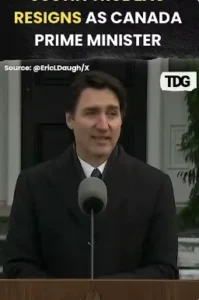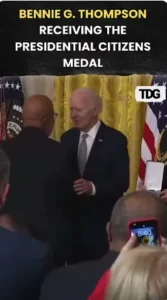China has made a significant move in intensifying US-China trade war by imposing 125% retaliatory tariffs on all US goods. This brings the cumulative tariff burden on Chinese exports to the US to almost 145%, White House says. But this is not a tit-for-tat stunt—it is symptomatic of deeper geopolitical and economic strains. The China 125% tariffs on American products may precipitate global market instability, test supply chains, and even encourage China to weaponize rare earth exports—essential for tech and defense. While Beijing insists it won’t react to future increases in US tariffs, the damage may already be happening, with spillovers that could attract the EU, India, and the global economy at large.
China Calls US Tariffs an ‘Economic’ Bullying
Beijing attacked Washington’s tariffs as “abnormally high” and against global rules of trade. In a pointed statement as carried by the BBC, China labelled the US move as “unilateral bullying”, stating further that the policies violate “basic economic laws and common sense.” Chinese officials made clear that the steps significantly destabilise international trading mechanisms. Nonetheless, China stated that it will not retaliate any further unless further provoked.
White House Pushes Hard, But Risks Global Blowback
The White House has upheld Trump-era tariffs and imposed additional ones in retaliation to continued trade deficits and concerns about technology. The officials maintain that China’s abusive practices, particularly in manufacturing and technology, merit the levies. Nevertheless, the 145% aggregate tariffs threaten to hurt not only Chinese companies but also US importers and consumers—a concern now joined by American industry groups and international trade experts.
Rare Earths: China’s Silent Trade Knuckle
Aside from tariffs, an even more dangerous threat is looming—rare earth elements. China dominates the world’s supply of rare earths, some 70% of which are critical to making electronics, electric cars, solar panels, and military equipment. Although not officially banned yet, analysts warn that in case tensions worsen, Beijing might discontinue exports to the US and EU.
This would strangle global supply chains and trigger a scramble to find alternative sources. The US relies on China for critical components in defense technology and green energy. If those connections are cut, the economic impact could be as significant as the effect of the tariffs themselves.
India and the EU Caught in the Crossfire
Large economies such as the European Union and India now have to confront a difficult balancing act. Most are dependent on US defense and technology relations, but also heavily trade with China. Increased trade protection could compel them to diversify supply chains more rapidly or take the side of one economic bloc against the other.
Already, nations are seeking trade agreements and technology partnerships to offset rising uncertainty. Most, though, do not have the infrastructure to match China’s industrial scale in the near future.
Even as China vows not to retaliate again, its silence might be tactical. As the world economy becomes increasingly fragile, trade wars between superpowers such as China and the US risk undermining post-COVID recovery efforts.
For the time being, China’s 125% tariffs on US exports are an open warning. The world must prepare not only for tariffs but for more significant economic decoupling, supply chain disruption, and a shifting balance of global trade power.























